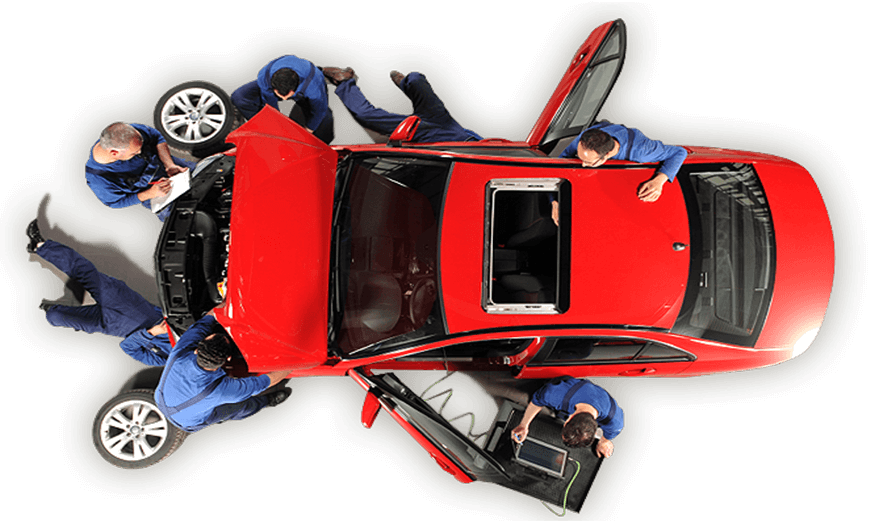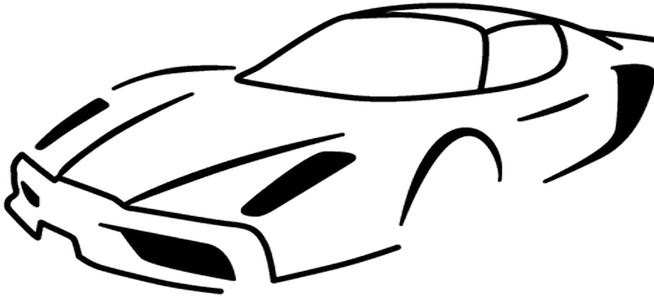

Your car’s transmission is one of the most critical and complex parts of the vehicle’s drivetrain. While it often operates quietly beneath the surface, it plays a vital role in how your car moves, accelerates, and performs. In simple terms, the transmission is responsible for transferring the engine’s power to the wheels. But the process is far more intricate than it sounds.
Modern car transmissions combine mechanical precision, advanced electronics, and hydraulic systems to provide smooth shifting and fuel efficiency. Whether you drive a manual or an automatic, understanding how your transmission works can help you appreciate its importance - and take better care of your vehicle.
A car’s transmission, sometimes called a gearbox, is the mechanical system that manages the power coming from the engine and delivers it to the drive wheels. The engine generates power, but without the transmission, that power couldn’t be efficiently transferred to move your car.
Your engine operates at a narrow range of speeds (measured in revolutions per minute, or RPM) where it performs most efficiently. However, your car’s wheels spin at very different speeds depending on how fast you’re driving. The transmission bridges this gap, adjusting torque and speed so the car can accelerate smoothly, climb hills, and cruise efficiently at highway speeds.
In short, the transmission ensures your car delivers the right amount of power at the right time.
When your engine runs, it produces rotational energy. That rotation travels through the crankshaft to the transmission. Inside the transmission are sets of gears and clutches (in automatics) or synchronizers (in manuals) that modify the engine’s output based on driving conditions.
Here’s how the process works in simple steps:
This system ensures that whether you’re driving at 10 mph or 70 mph, your engine remains within its optimal performance range.
While both manual and automatic transmissions perform the same function - transmitting power - they do it in very different ways.
Manual Transmission: In a manual car, you physically engage and disengage gears using the clutch pedal and gear shifter. The clutch connects or disconnects the engine from the transmission so you can change gears manually. Drivers often enjoy manuals for the sense of control they provide, but they require more skill and coordination.
Automatic Transmission: In an automatic transmission, the system does the work for you. It uses a torque converter, hydraulic pressure, and a complex series of sensors and solenoids to change gears automatically based on driving conditions. Automatics are smoother, more convenient, and have become the dominant choice for most modern vehicles.
Some modern systems, like dual-clutch transmissions (DCTs) and continuously variable transmissions (CVTs), take this technology even further by offering seamless power delivery and better fuel economy.
To understand how this system functions, let’s look at its major components and their roles.
Together, these components synchronize to deliver power efficiently while ensuring smooth acceleration and performance.
The concept of gear ratios is central to understanding transmissions. Lower gears (like 1st and 2nd) multiply torque, giving your car the strength to start moving from a stop or climb a hill. Higher gears (like 4th, 5th, or 6th) reduce torque but allow greater speed and fuel efficiency.
For example, when you accelerate from a stop, your car needs more torque to overcome inertia. The transmission engages a lower gear. Once you’re cruising on the highway, less torque is needed, so it shifts into higher gears to save fuel.
Modern transmissions often have six or more gears, and some automatics even feature ten-speed gearboxes, offering greater control over efficiency and performance.
Today’s automatic transmissions are technological marvels. They are controlled by Electronic Control Units (ECUs) that constantly analyze driving conditions. Sensors monitor throttle input, engine speed, and load to determine the perfect moment to shift gears.
In addition, dual-clutch transmissions (DCTs) offer lightning-fast gear changes by using two separate clutches for odd and even gears. This results in seamless acceleration and better fuel economy.
Meanwhile, Continuously Variable Transmissions (CVTs) eliminate traditional gears altogether. Instead, they use a belt-and-pulley system that adjusts seamlessly to maintain the ideal engine speed for any driving situation. This results in smoother rides and maximum efficiency, though some drivers miss the feel of traditional gear shifts.
Because of its complexity, the transmission requires proper maintenance to perform at its best. Neglecting it can lead to costly repairs.
Here are some essential maintenance tips:
1. Check transmission fluid regularly. Low or dirty fluid can cause slipping or hard shifting.
2. Change the fluid as recommended. Over time, transmission fluid loses its lubricating properties.
3. Avoid overheating. Excessive heat is the number one cause of transmission failure.
4. Listen for unusual noises. Grinding or whining sounds can indicate worn gears or low fluid.
5. Service the system periodically. A professional inspection ensures that solenoids, sensors, and valves are working properly.
Regular care not only prevents breakdowns but also extends the life of your transmission.
As car technology evolves, transmissions are becoming smarter, lighter, and more efficient. Hybrid and electric vehicles are also changing how we think about power delivery.
For example, electric vehicles (EVs) don’t require multi-speed transmissions because electric motors deliver instant torque. However, hybrid cars still rely on advanced transmissions that blend electric and gasoline power seamlessly.
Manufacturers are also experimenting with AI-based systems that learn driving patterns and optimize shift points for each driver, improving both performance and efficiency.
Your car’s transmission is an incredible piece of engineering - one that balances speed, torque, and efficiency every time you drive. Whether it’s a manual gearbox that puts you in control or an automatic that shifts seamlessly, this system ensures your car performs at its best under all conditions.
Understanding how your transmission works not only deepens your appreciation for the technology beneath your car’s hood but also helps you maintain it for years of smooth, efficient driving.
A transmission manages power from the engine and sends it to the wheels, allowing your car to accelerate, climb hills, and maintain efficient speeds.
It depends on your vehicle and driving conditions, but generally every 30,000 to 60,000 miles. Always follow your manufacturer’s recommendations.
Common signs include slipping gears, delayed shifts, burning smells, fluid leaks, or strange noises when changing gears.
No, driving with transmission issues can cause further damage and lead to complete failure. It’s best to have it checked immediately.
Most electric cars don’t use traditional multi-gear transmissions because their motors provide consistent torque. They typically use a single-speed gearbox.